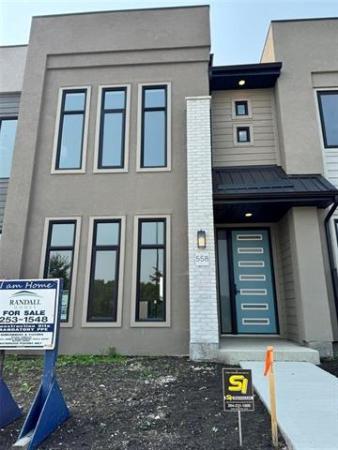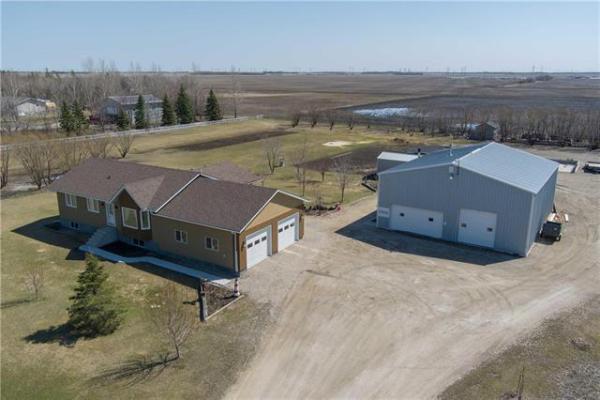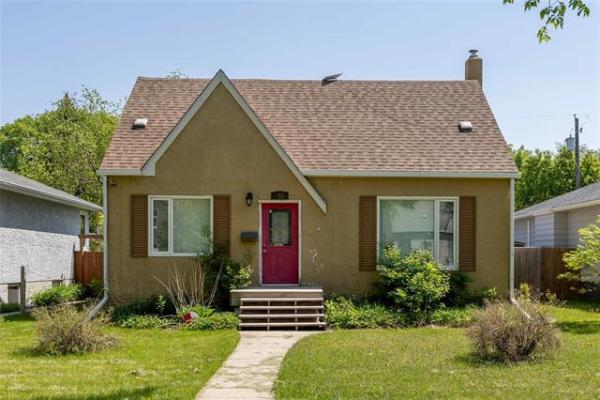QUESTION — I have an old Wolseley home, built in 1911, with a stone foundation. It appears to be a limestone/tyndall stone type. There are a couple of small areas that I am looking to repoint on the exterior above grade. It’s probably too small to be worth a contractor’s time, so I think this is something that I could do, but I had a question about what type of mortar to use. For this type of application, I was wondering what type of mortar do you use? I assume that a Portland cement would be too hard and may damage the stone itself. Do you use a hydraulic lime mortar, or is there a design mix that would be appropriate? Where could I source these materials in Winnipeg. Thanks for your time.
— Regards, Phil Slota
ANSWER — Determining the best type of mortar to use for the repointing of your stone foundation should be possible by contacting a knowledgeable masonry supplier, but you may find multiple opinions the more sources you consult. What is more critical is to get the old mortar joints filled soon, regardless of the mortar composition, to prevent leakage and further deterioration.
It may be prudent with most maintenance repairs to use the best materials available, to obtain the most long-lasting result. However, it is often more important to complete the job in a timely fashion to prevent further deterioration or issues. Especially with something like a repair to deteriorated mortar joints in your foundation, filling them in with any good quality mortar compound will be better than procrastinating, waiting to find the perfect product.
Part of the reason for this unusual response is that there may be multiple answers to this question, even from experienced masons or suppliers. Because these foundations have not been installed for almost a century, primarily replaced with reinforced concrete, there may not be any authority old enough to remember the best methodology. Even if a specific type of mortar was used then it does not mean that its use today would be better than a more modern product.
There have been many advancements in adhesive technology in the last few decades, with longer lasting and easier to use compounds available. Current cultured stone veneer, used on many new homes, does not require complete wire lathe and mortar backing like older masonry veneers. It is also rare to install a steel angle under this veneer for support, which was standard with older products. Because of the superior adhesion of the compounds used to install these newer materials, the amount of labour involved in installation may be considerably reduced.
To address your question more directly, contacting a masonry supply company may yield your most experienced response. They should be able to point you to several mortar products that would work and provide you with the pros and cons of each. Alternatively, you could buy individual components in bags or containers and order a load of sand from a landscaping supply and create your own mixture. This is often less costly than pre-mixed compounds, but using a redi-mix that you just add water to is normally much less work.
The first step in doing your mortar maintenance repair is to thoroughly inspect the existing foundation exterior. All mortar joints should be probed with a strong screwdriver or masonry chisel to ensure all loose or deteriorated old material is removed. Even if it looks good to the naked eye, old mortar may be hanging on by a thread and removing any loose material will be critical to a successful repair. Once you have cleaned out all the damaged gaps between the stones, an extra additive may be advisable to ensure proper adhesion of the new mortar. This can often be painted on the surface to be mortared, or added to the mortar as it is being mixed. Again, check with suppliers for the best materials and methods.
Most importantly, refilling the old joints as soon as possible is the goal for this type of repair. If left too long, these joints can allow water to leak into the basement during heavy rainstorms. Even more insidious is that deteriorated mortar joints can allow water to infiltrate the stones and mortar, which may cause more severe damage when the weather drops below zero. Water expands when it freezes and wet joints or foundations can cause significant deterioration if left untended. The best way to prevent this is by filling the joints at the earliest convenience.
I have seen many types of repairs done on older stone foundations, including outside above grade and above and below grade inside. Most will adhere reasonably well, and some will crack more easily than others, over time. But the underlying concern should be to try and maintain well filled, solid joints, rather than worrying about having the best mortar materials in these gaps. Sure, better material will last longer, preventing quicker deterioration and earlier repairs, but as long as you are willing and able to make these repairs in a timely fashion, that should not be a major consideration.
Locating a wholesale or retail supplier of masonry products to the local building industry should provide you will several good options for your stone foundation mortar repair. Regardless, making sure the repairs are done before the joints become too deteriorated and wet will be much more important in maintaining solid, dry foundation walls.
Ari Marantz is the owner of Trained Eye Home Inspection Ltd. and the past president of the Canadian Association of Home & Property Inspectors — Manitoba (cahpi.mb.ca). Questions can be emailed to the address below. Ari can be reached at 204-291-5358 or check out his website at trainedeye.ca.
trainedeye@iname.com



